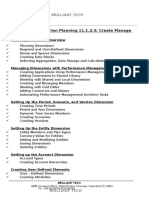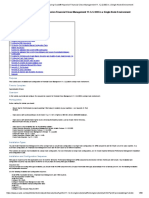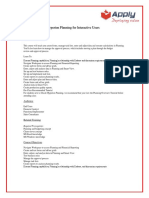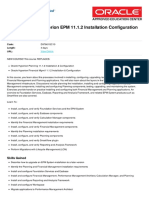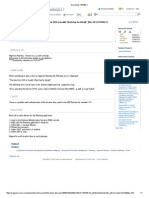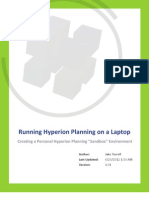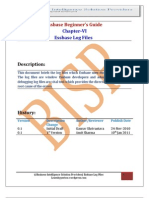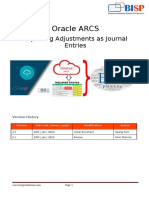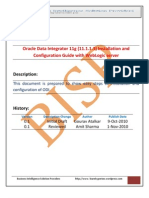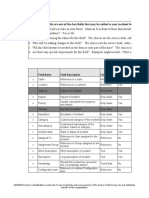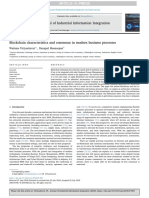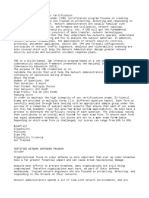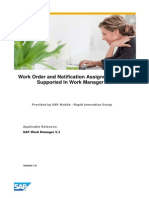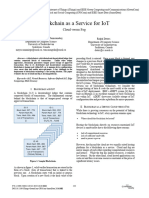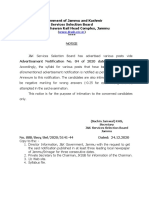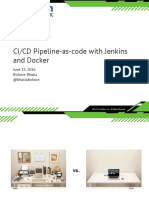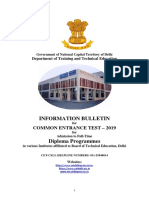0% found this document useful (0 votes)
219 views15 pagesData and Metadata
The document discusses using Oracle Data Integrator (ODI) to integrate data and metadata between Hyperion Planning, Essbase, and other systems, outlining key ODI elements like projects, interfaces, knowledge modules, and best practices for configuring integrations with Hyperion applications. It also compares ODI and Hyperion's Financial Data Management for Essbase and Planning (FDMEE) product.
Uploaded by
JosuéLMCopyright
© © All Rights Reserved
We take content rights seriously. If you suspect this is your content, claim it here.
Available Formats
Download as PDF, TXT or read online on Scribd
0% found this document useful (0 votes)
219 views15 pagesData and Metadata
The document discusses using Oracle Data Integrator (ODI) to integrate data and metadata between Hyperion Planning, Essbase, and other systems, outlining key ODI elements like projects, interfaces, knowledge modules, and best practices for configuring integrations with Hyperion applications. It also compares ODI and Hyperion's Financial Data Management for Essbase and Planning (FDMEE) product.
Uploaded by
JosuéLMCopyright
© © All Rights Reserved
We take content rights seriously. If you suspect this is your content, claim it here.
Available Formats
Download as PDF, TXT or read online on Scribd
/ 15






